Available: Mon - Fri 8am - 7pm PST & Sat 8am - 1pm PST
Spirits
There are a couple of legends about the term "spirit" with regard to alcohol. Many point to early distillation in the Middle East. An ancient eyeliner, al-Koh'l, was created using a system similar to distillation. Another Arabic word, al-ghawl, is mentioned in the Qur'an and is another contender for the origin of the term "alcohol." It translates to "spirit" in English. As with many origins of alcohol through the ages, this one is lost to time.
What Is a Spirit?
We’re not talking paranormal here. A spirit, or liquor, is an alcoholic beverage that has been both fermented and distilled. Distillation removes much of the water during the process, allowing for a higher ABV inmost spirits. Further, a pure spirit or liquor will have no added sugars or flavors.
Spirits are required to be identified in certain ways by various alcohol regulating bodies around the world. Labels must include the kind of spirit in the bottle (see below), the ABV, written as a percentage or "proof," the country of origin, the name and address of the importer, and a warning about the dangers of over-consumption. Whiskies, specifically, must also list the age of the spirit if it is under four years.
Types of Spirits
- Brandy - Made from distilled wine or fruit wine; often aged in oak.
- Gin - A neutral spirit flavored with botanicals, led by juniper.
- Mezcal - Agave‑based like tequila, but broader in plant types and often smoky from roasting the agave heart.
- Rum - From sugarcane or molasses; styles range from light to dark and spiced.
- Tequila- Made from blue agave; comes as blanco, reposado, añejo, and extra añejo depending on aging.
- Vodka- Neutral, clean base spirit made from grains or potatoes; extremely mixable and bartender‑friendly.
- Whiskey- Grain‑based and often aged; includes bourbon, rye, Scotch, and more. Wide range from light and fruity to smoky and peaty.
Notable Brands for Spirits
- The Macallan- Single‑malt Scotch known for sherry cask richness.
- Jameson - Smooth, approachable Irish whiskey for easy drinking.
- Jack Daniel’s - Tennessee whiskey with mellow, sweet char and broad availability.
- Patrón - Widely recognized 100% agave tequila. A prestigious brand.
- Bombay Sapphire - Botanical, balanced gin that works in many cocktails.
- Bacardi - A versatile range from white to aged rum for mixing and sipping.
Frequently Asked Questions
Why are spirits called spirits?
The most common origin for the term "spirit" appears to be an Arabic word - al-ghawl. This term appears in the Qur'an. Verse 37:47 of the Muslim holy scriptures mention the word, referring to either demons or spirits that produce intoxication. It is thought that "alcohol" is a corruption of the original Arabic term that maintains its link to the idea of spirits. Both "alcohol" and "spirit" began to be used in English to describe alcoholic drinks in the 16th Century.
What is the difference between liquor and spirits?
There is no difference between liquor and spirits. The terms describe the same kinds of alcohol. Spirits begin life like all alcohol, a mixture of sugar, water, yeast, and mash. The mash is usually made up of a mixture of grains or fruits, depending on the alcohol being produced. Once fermentation has reached its peak, the mash is distilled, which separates the water from the mixture, and increases the Alcohol by Volume (ABV).
There’s just too much to choose from! What should I get first?
Depends on what you’re planning to do. If you’re planning on sipping first, whiskey, cognac, rum, and gin are excellent for neat pours. If you’re in the market for versatile would-be-mixers, whiskey, gin, rum, and tequila are top choices.
Once you’ve found a preference, branch out and find what other spirits tickle your tastebuds.
What does “aged” mean for spirits?
Aging means the spirit sat in wooden barrels. Time in wood adds color and flavors like vanilla, spice and oak tannins. It’s also meant to mellow down harsher flavors and give you a complex and layered sip.
Scotch? Bourbon? They're both whiskey… How could they be different?
We can simplify that for you!
Bourbon is American, made from at least 51% corn and aged in new charred oak. Out of the two bourbon is richer and sweeter, with notable vanilla and brown sugar notes.
Scotch is from Scotland, usually made from malted barley and aged for at least three years. Compared to bourbon, Scotch is distinctly more smoky, malty, and woody.
What are the best ways to enjoy spirits?
Most spirits can be enjoyed without the addition of any other mixers. Drinking a spirit "neat," or without anything else added, allows you to enjoy the flavor of the alcohol as well as any tastes left over from the original plant matter. There are those who claim, especially with whiskies, that a drop of spring water helps the flavor come through.
And, as is clear at this point, the variety of mixed drinks that rely on spirits as a base is virtually inexhaustible. Find a spirit, figure out where to buy alcohol online, google some cocktails, and get ready for a tasty, if somewhat hazy, adventure!
How to Identify Spirits?
Spirits are required to be identified in certain ways by various alcohol regulating bodies around the world. Labels must include the kind of spirit in the bottle (see below), the ABV, written as a percentage or “proof,” the country of origin, the name and address of the importer, and a warning about the dangers of over-consumption. Whiskies, specifically, must also list the age of the spirit if it is under four years.
What Alcohols Are Considered Spirits?
With alcohol like beer and wine, mashes are left to ferment, converting sugar into ethanol. Yeast, the force behind fermentation, can only produce a certain amount of alcohol before it becomes toxic and kills the yeast. The distillation process removes water from this fermented mash. Alcohol has a lower boiling point than water. As the mash is heated in either a pot or column distiller, the alcohol evaporates first and is collected in cooling containers elsewhere. Less water in the mix equals a higher ABV.


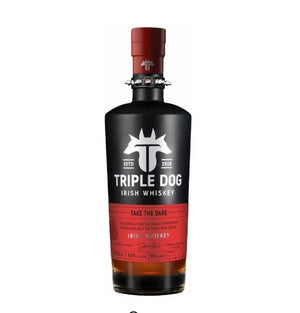
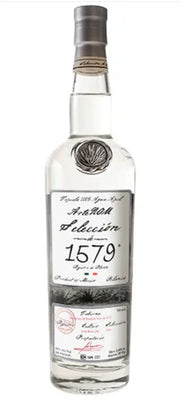
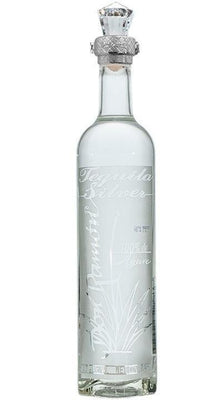
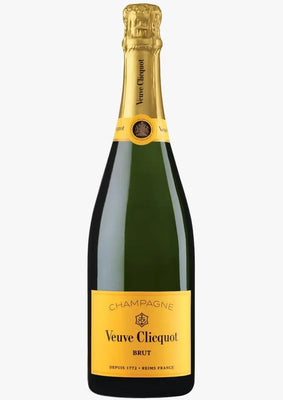
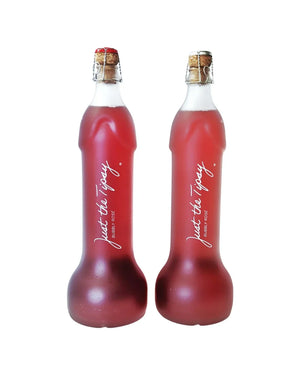
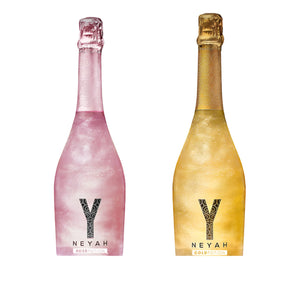
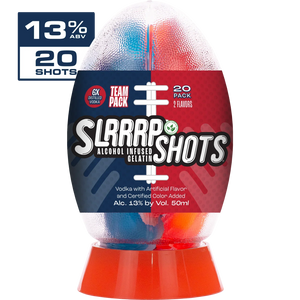
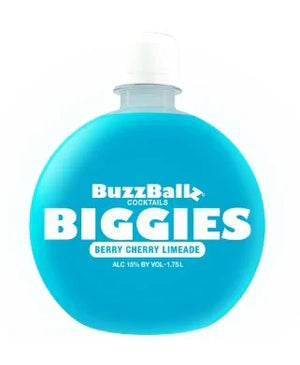
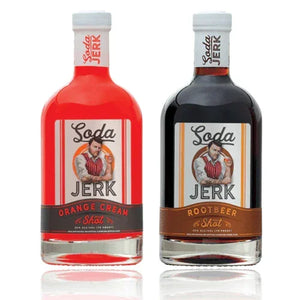
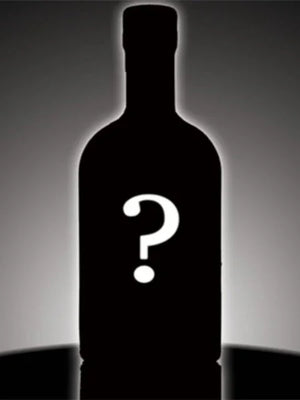
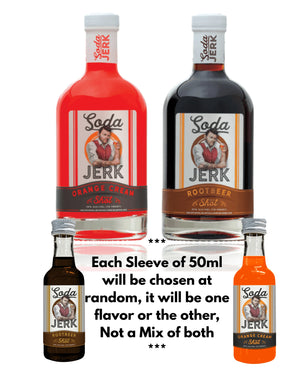
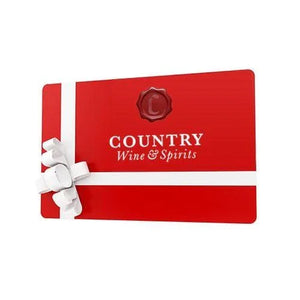



























 Get Vault Pricing
Get Vault Pricing




















